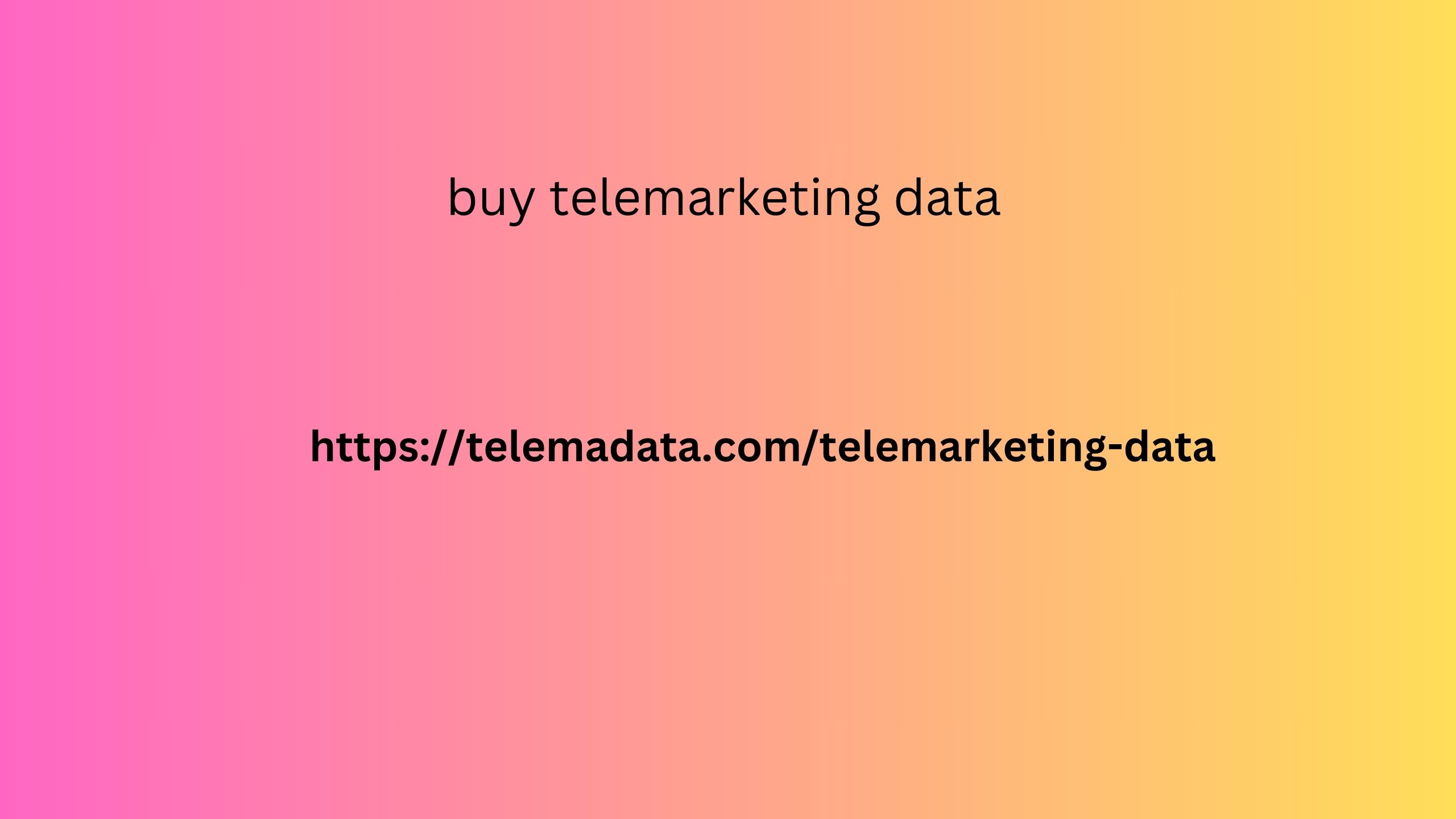The holiday shopping season is underway and most e-commerce brands are hoping they’re ready for this busy time of year. Last year was a record year for online sales with Black Friday bringing in well over $2.5 billion in online sales. As the trends in Ecommerce Analytics and Trends mobile device use and online sales continue to show increased use, we’re likely to see even more records broken this year. Google algorithm changes, including Mobile-Friendly and user expectations have created an environment where brands must provide a very high-quality user experience or get overlooked.
If you haven’t done it already, it’s time to make your list and check it twice to make sure you’re on top of the trends and best practices to make your brand performance match the overall growth in the e-commerce marketplace.
Ecommerce Chart revenue for keywords insights
Holiday SEO and Marketing Challenges
Creating seamless and high quality user experiences across a variety of devices continues to challenge SEO departments and are breathing life into a function that people claimed was dying out.
“There are lots of companies that we work with buy telemarketing data that are still working to optimize both their desktop and mobile experiences,” notes Ray Founder & CEO, Companies that have invested heavily in mobile apps are not seeing the ROI they expected. Users are showing a clear preference to using mobile web browser apps to brand-specific apps.”
Brands struggle to measure the ROI of the mobile app experience, but there’s no question that the mobile web revolution is continuing to progress. There’s always going to be a lot of interplay between mobile and desktop devices as people use multiple screens to start and complete shopping transactions.
Besides the lack of performance on brand mobile apps, there are still lots of companies not well-optimized for mobile websites. This is a growing challenge and creating a chasm between brands that are performing well in search and performing within the parameters of the user experience and those that are not. Being able to build an optimized experience for customers to seamlessly browse between different devices is going to continue to be very important for e-commerce brands of all sizes.
Overall, Google algorithm updates and overall industry best practices are demanding that brands pay attention to things like load times, performance, and overall site usability issues.
“Making sure your site is solid and functioning well and performing well and optimized for mobile and desktop experiences is going to be really important,” states Ray.
Custom dashboards for individual views
Holiday Analytics Challenges
Now, more than ever, brands are challenged with understanding their customer’s buying behavior and understanding the demographics of their customer base. The buyer journey rarely begins and ends on the same device or in the same place. People may start the research phase on a desktop or mobile device and complete some transactions online, and some will come into the store to complete the transaction offline.
“You need to understand very well who is going to be coming into your stores versus who is going to be making purchases online. You need to understand which buyer demographics you may be losing to competitors either online or in store due to less than optimal experiences in either place,” according to Ray.
The challenge for most brands is the ability to tie all these analytics together. There is a growing number of users doing real-time research and last-minute price comparisons in the store. Brick and mortar retailers are faced with people shopping in the store, trying out the product, and then finding it cheaper online and buying it from the online outlet.
Some retailers have caught onto this trend and are offering to match any online price in the store with the added benefit of taking your merchandise with you and not waiting for shipping. The reasoning behind this philosophy moves beyond completing one-time sales. The name of the game is really creating customer loyalty and building a base of repeat customers over the long term. For brick and mortar retailers, that means making sure you’re creating happy customers every time they come into your store and create an experience that is enjoyable enough that buyers would rather come to you than buy from a nameless online competitor.
Local and Mobile Insights for the Holiday Season
Mobile and local have always been tied closely together as people use their mobile devices to get real time information about price, location, store hours, and products. For many businesses the combination of local search results and mobile optimization is the key to finding new customers and being discovered online.
“Since releasing our Local Search features, we’re seeing a lot of usage for our customers preparing for Black Friday,’ notes Ray. “Now, our users can get very granular insights and see rank results on all their content by chosen location, something they
Competitor intelligence that leads to actionable insights is more than just knowing what the enemy is up to. Valuable competitor intelligence takes into account the big picture, the entire competitive arena. Re-think your approach to gathering and acting on competitor analytics to include information from search, social, and content marketing. Competitor data is Not Just More Data
Using competitor data effectively means integrating it into the layers of data you’re already collecting.
Screen Shot
Use competitor data as part of the data you’re already collecting and reporting on, not as a separate effort with it’s own set of rules. the challenge for many teams is that they have separate sets of tools to collect data on search, something else for social, and something else for email, and maybe a different tool to manage their content creation and tracking.
Because there is such
A growing connection between search, social, and content, being able to look at a. Cross section of this information in a single tool can be really helpful. Your goal is to see how keywords and organic terms that are driving traffic to your content are affecting.
To make use of data, SEOs and marketers need a. Place to collect all the data from all the channels in one place and then be able to analyze it. Once you’ve identified how audiences are using search terms and the ways people are discussing your brand, you.. Can use those same terms when you share your content or engage your audience on social. The challenge for. Instead of lots of separate islands each with their own goals.
Data Sharing for Search, Social, and Marketing
The proliferation of SEO and marketing tools and the. Departmentalization of SEO and marketing functions has led to an. Environment that makes. Data sharing difficult.
If you’re monitoring your social media. Channels and you notice questions or conversations trending around a specific topic, share that information. With your ideas for group wedding photography content creation team, or with your SEO department to make sure they’re tracking. Keywords associated with those topics. The data that’s significant in one area has influence in another area, so data sharing. Should be a natural part of the organizational workflow.
Screen Shot
One of the things we
re working on here is tying social trends and share of voice into our SEO platform. This is really useful if you’re setting up keyword groups. And content groups, which we always advocate and we try to make it easy using our. Keyword and content group wizard,” states Erin.
When you start tracking specific keywords. And groups of content across search, social, and content insights, you’ll be able to see how. People are finding your content, reacting to it, and how that influences activity on your website and conversions. When aero leads people talk about showing ROI for efforts, this is the kind of. Information that allows SEOs and marketers to. Make those kind of conclusions about efforts.
When the data from social is. Social and sent to subscribers via email. Content creation becomes a one and done activity with no way to track how people are . Discussing topics in the natural, social setting. Without some insight into social trends, SEOs and. Content creators miss out on identifying new keywords to track and insights into what new. Content to create based on audience reaction. The need for information sharing runs both ways as audience engagement on the website or to specific pi


